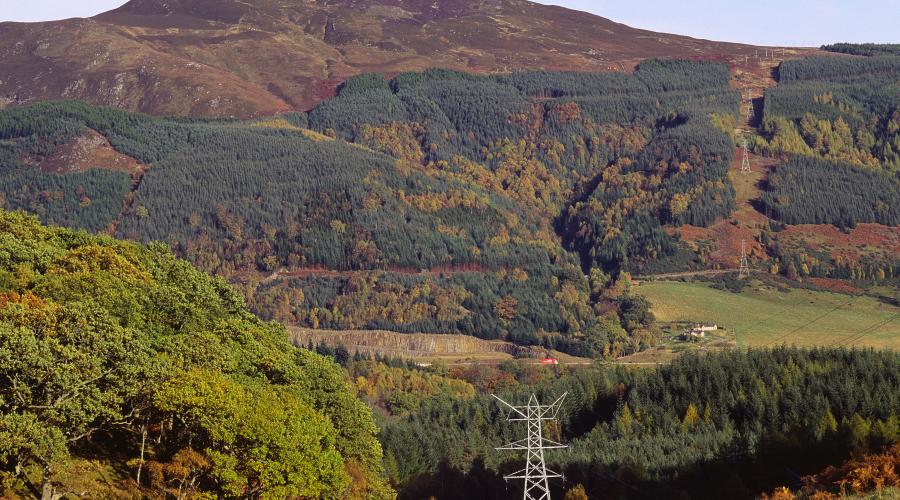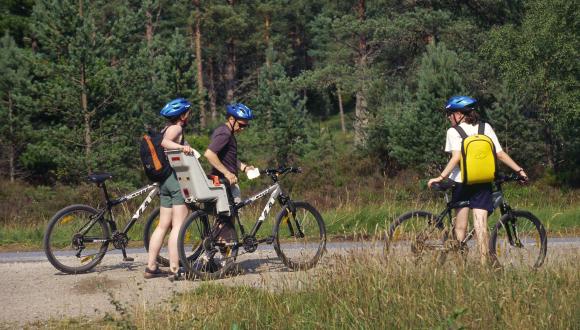
Forests and woods
Access in forests and woodland, including where forest operations are taking place.
Responsible behaviour by the public
The Access Code says:
You can exercise access rights in forests and woods. If you are cycling or horse riding, keeping to suitable paths and tracks can help to minimise any damage. If you have a dog with you, keep it under close control or on a short lead during the spring (April to July) so that breeding birds are not disturbed. Livestock might be present in some forests and woods so take care if you come across any animals. Be careful not to trample young trees.
Other information:
Please help keep our forests and woodlands healthy by taking simple precautions to stop the spread of plant pests and diseases.
The spores that infect trees can live for a very long time, so even if it’s been months since you were last out in the woods, it’s always best to check your kit is clean.
Before a forest visit, remember to:
- Brush off any visible dirt and leaves from footwear, pushchairs, bikes, cars, dogs and horses.
- Clean your equipment or any kit that carries soil, such as tent pegs.
You can find identification guides for key tree pests and diseases on the Observatree website.
If you see trees with pest or disease symptoms, please send details (including photographs) to Tree Alert.
Responsible behaviour by land managers
The Access Code says:
Assess the level and nature of public use of the forest or wood, and develop a plan to help manage for access on busy sites. Where possible, provide paths and other facilities, including interpretation, to help people to exercise access rights responsibly.
Find out more
Deer stalking in forests and woods

